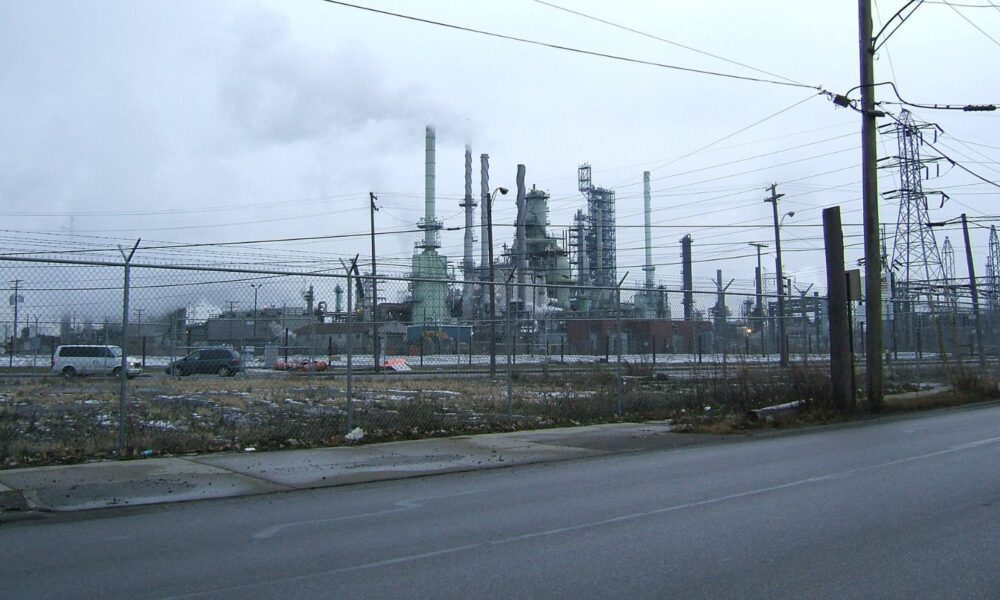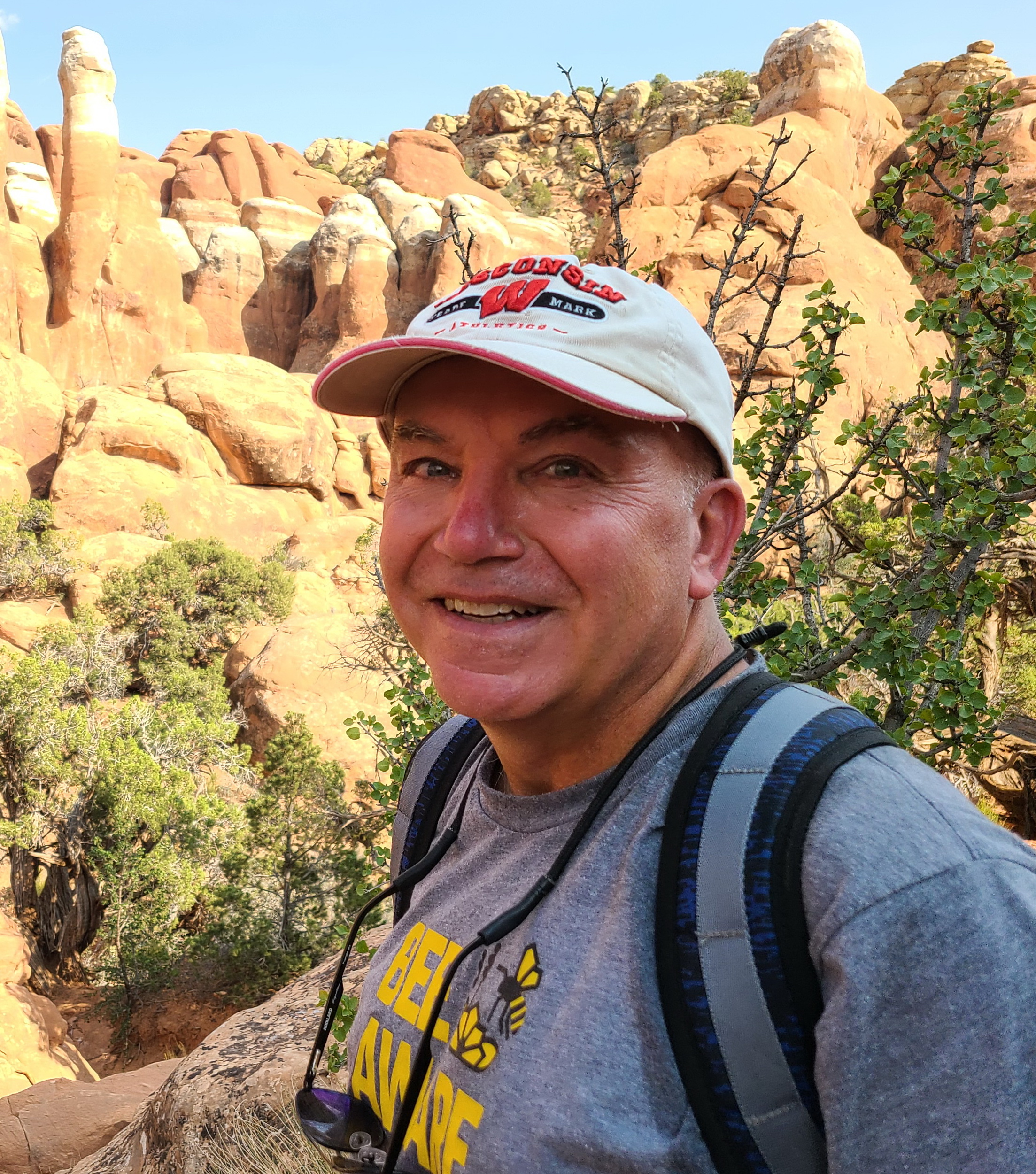There are a few fundamental chemicals that are the building blocks to most thing that we use, and one of them is ethylene oxide (EtO). EtO is used to make plastics, glycols, detergents, solvents, adhesives, and pharmaceuticals. It is also used by commercial sterilization companies to render medical devices free of germs, and as a pesticide to fumigate spices. Unfortunately, EtO is also a highly volatile chemical, and a known carcinogen. The reliance on EtO means that its ubiquity is disastrous.
EtO is made from petroleum or methane. This makes it a relatively cheap building block. Oil companies want to ensure endless demand for their products and byproducts, including teaming up with chemical companies to produce plastics. Plastic production is increasing by 9 percent annually and there is no end in sight. We also need to think of all these plastics as single-use, since only about 8 percent of them ever get recycled. In the end, they go to landfills, waterways, or incinerators, all of which have negative public health and ecological consequences.
The how, why, and where of ethylene oxide use
Facilities producing plastics emit EtO from chimneys and vents (stack emissions), but it also leaks from pumps, values, and pressurized connectors since it is such a volatile gas—a phenomenon called “fugitive emissions.” Because EtO is cheap to produce, waste from fugitive emissions is not a cost issue for companies to resolve. And current EPA regulations for public health don’t require facilities to account for fugitive emissions, meaning companies have no reason to rein them in.
Unfortunately, lifetime exposure rates to EtO have shown it to be carcinogenic. It is also tied to other health effects such as reproductive effects and learning disabilities. Exposure to EtO in and near these facilities is a dangerous reality for workers and adjacent communities across the country. The EPA’s current standards for EtO emissions are outdated, and don’t consider the cumulative effects of exposure to EtO in concert with other industrial chemicals.
At every step of the EtO lifecycle, from raw material extraction, production, and transformation into finished goods to disposal, large amounts of greenhouse gases (GHGs) are released. These GHGs are not regulated, so producers can emit them freely. However, these GHGs cause climate change and cost the US billions of dollars a year in disaster relief and climate change mitigation projects.
Where does one find these EtO production facilities? In Black, Brown and low-income communities, which when located near chemical plants are commonly called fenceline communities, or sometimes “sacrifice zones.” These are areas where air quality is not adequately monitored, people are underserved by policymakers, and regulations are not routinely enforced. And any fines for violating regulations are paltry sums to companies that make billions of dollars per quarter.
We need federal action to protect people from EtO
What can we do to protect people’s health and reduce GHG emissions? First, the EPA is working on new rules for EtO for facilities that employ this chemical to sterilize medical devices. They have created risk maps for 21 commercial sterilizations facilities, and have conducted a webinar on ethylene oxide risk focused on 100 sterilization facilities located in the US.
The EPA is also currently in the process of updating their regulations to reflect their new understanding of risk from EtO, and the technologies available to reduce this risk. We need to make sure the new rules are based on human health versus chemical company’s profits and convenience. We must urge the EPA to strengthen emissions standards for chemical facilities and sterilizing plants, including production releases along with fugitive emissions. Plus, we have to make sure the EPA includes cumulative impacts when risks are determined.
Secondly, scientists and advocates should partner with affected neighborhoods in all manners: monitoring, championing, and supporting their cause, making sure enforcement happens, and refusing to allow sacrifice zones to be accepted. In particular, the EPA will be conducting community meetings on the 21 high-risk commercial sterilizer facilities, and we need to support local communities with technical know-how to make sure everything is done to protect residents and business that are located close to these facilities.
Finally, we have to dramatically reduce the use of single-use plastics, push for policies and action to stop petrochemical companies from continuing to manufacture such products, and make producers responsible for their environmental and climate mitigation costs.

